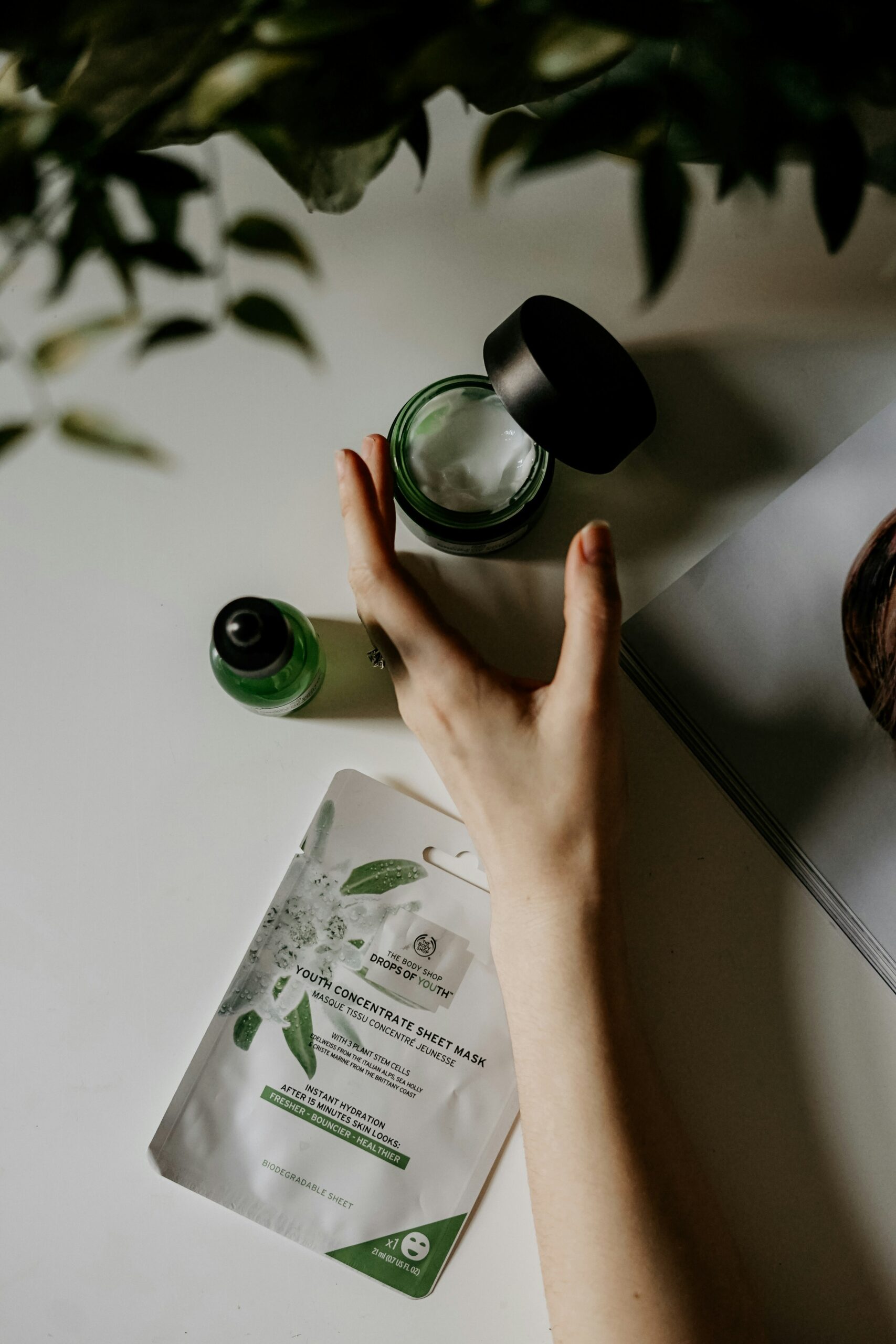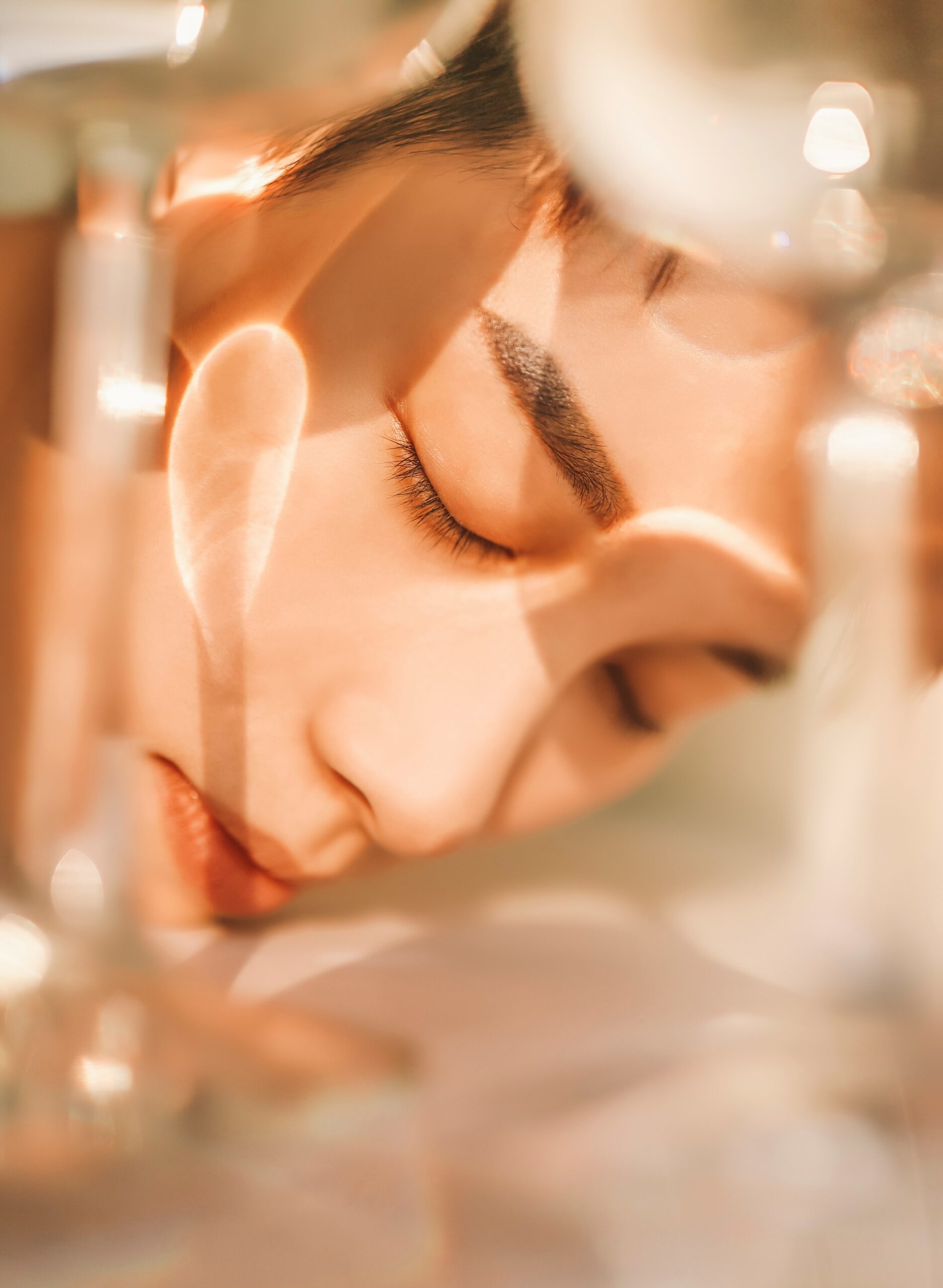The Ultimate Guide to Gangnam Bar Reservations: Tips and Insights
Introduction to Gangnam Nightlife
The Gangnam district, famous for its luxurious lifestyle and trendy vibe, is a pivotal hub for nightlife in Seoul, South Korea. Known globally, it has captured significant attention thanks to iconic features like lavish shopping centers, stylish restaurants, and an extensive array of bars and clubs. The nightlife in Gangnam is marked by a unique blend of modern sophistication and traditional Korean influences, making it a top destination for both locals and tourists alike.
The bar scene in Gangnam is diverse, catering to various tastes and preferences. Bars range from upscale cocktail lounges that emphasize innovative mixology to vibrant, energetic lounges that play popular K-pop and EDM music. Regardless of the type, patrons can expect a high standard of service that reflects the area’s commitment to excellence and style. This variety attracts a mixed demographic, typically comprising young professionals in their twenties and thirties, who seek not only entertainment but also a preference for socializing in an upscale atmosphere.
Culturally, nightlife in South Korea plays a crucial role in social interactions and community bonding. In Gangnam, evenings often extend well into the night, with bars serving as venues for networking and unwinding after long workdays. Additionally, the phenomenon of “norebang” or karaoke rooms, often associated with bar culture, allows patrons to enjoy more personalized entertainment experiences. This further enriches the nightlife landscape, as it encourages group dynamics, fostering camaraderie and shared enjoyment.
Whether one is seeking a quiet night with drinks or an exhilarating night out, Gangnam’s nightlife offers something for everyone. The dynamic atmosphere, coupled with the cultural significance of nightlife within the local lifestyle, makes the district a vital component of South Korea’s entertainment scene.
Importance of Making Reservations
In the vibrant district of Gangnam, the nightlife scene is renowned for its multitude of bars and lounges that cater to diverse tastes and preferences. Given the area’s popularity among locals and tourists alike, making reservations in advance has become an essential practice for those seeking to enjoy a night out without the hassle of long wait times. By reserving a spot, patrons can guarantee their entry, ultimately enhancing their overall experience.
The high demand for bars in Gangnam often leads to substantial wait times, particularly during peak hours or weekends. Without a reservation, visitors may find themselves queuing for extended periods, which can diminish the excitement of their planned evening. Furthermore, busy nights can result in venues reaching full capacity, leaving walk-in guests with limited options. In contrast, securing a reservation guarantees a seamless entry, allowing patrons to spend less time waiting and more time enjoying the atmosphere, drinks, and company.
강남 엔터테인먼트 Another significant advantage of making reservations is the opportunity to enjoy special accommodations or services. Many bars in Gangnam offer exclusive packages for reserved tables, including complimentary drinks, enhanced seating, and personalized service. These advantages not only elevate the experience but also provide a sense of exclusivity that can enhance social interactions and celebrations, whether for a birthday, anniversary, or a casual gathering with friends.Moreover, advance reservations can afford patrons the chance to select their preferred seating arrangements. This element is particularly valuable in crowded venues where tables may be limited. Overall, making reservations in Gangnam bars is a strategic approach to navigating the nightlife, ensuring a more enjoyable and stress-free experience. By planning ahead, guests can focus on what truly matters: savoring the vibrant energy of Gangnam’s nightlife.
How to Choose the Right Bar
Selecting the right bar in Gangnam can significantly enhance your nightlife experience. With a plethora of options available, it is critical to consider several factors before making a reservation. First and foremost, the ambiance of the bar sets the tone for the entire outing. Whether you prefer a lively atmosphere with pulsating music or a cozy spot for intimate conversations, carefully examine the bar’s decor and vibe through reviews or online photos.
Another essential factor is the crowd that the bar attracts. Different bars appeal to various demographics, so knowing your target audience can help you select an environment that aligns with your preferences. If you enjoy mingling with young professionals, choosing a bar popular among that demographic may offer better opportunities for socializing. On the contrary, if you are seeking a quieter experience, look for venues that cater to a more mature crowd.
The drink options available at the bar are equally important. Research the drink menu beforehand, as some bars may specialize in craft cocktails, local brews, or international wines. It is wise to consider personal tastes and the type of beverages you are interested in enjoying. Additionally, some bars offer signature drinks that may be worth trying and can enhance your overall experience.
Lastly, consider whether the bar features special events or themes during your planned visit. Many establishments host live music, themed nights, or happy hour specials that can add an extra layer of excitement to your evening. By taking these considerations into account, you can ensure that your bar reservation in Gangnam aligns with your personal preferences and offers a memorable experience.
Methods for Making Reservations
Making reservations at bars in Gangnam can greatly enhance your experience, ensuring you secure a spot in one of the bustling area’s popular venues. There are several effective methods to consider when planning your night out, each with its own advantages. One of the most convenient options is to use online booking platforms. Many bars in Gangnam partner with services like OpenTable or local reservation systems, allowing you to browse available times and secure a table with just a few clicks. This method not only saves time but also provides instant confirmation of your reservation.
Another viable option is to utilize social media outreach. Numerous bars maintain active profiles on platforms such as Instagram and Facebook. By following these pages, you can keep updated on special events and promotions. Direct messaging the bar through these platforms can also yield immediate responses about availability. Make sure to be clear when communicating your desired time and any specifics regarding your reservation, such as the size of your party.
Lastly, direct phone calls are a classic and effective way to make reservations. Although this method may seem more traditional, it allows for personal interaction and immediate assistance. When calling, ensure you are polite and articulate. State the date and time you are interested in, along with the total number of guests. Furthermore, it is wise to confirm your reservation details and ask if there are any special requirements or upcoming events that could influence your visit.
Regardless of the method you choose, effective communication is key. Always double-check your reservation details, whether confirmed online or via phone, to prevent any last-minute discrepancies. By employing these strategies, you can enjoy a seamless reservation experience in the vibrant Gangnam nightlife scene.
Understanding Bar Policies and Procedures
When planning a night out in Gangnam, it is crucial to understand the various bar policies and procedures that are common in the area. These policies can significantly influence your experience, ensuring that everything runs smoothly. The first aspect to consider is deposit requirements, which many bars in Gangnam enforce to secure reservations. Typically, a deposit is needed to confirm your booking, which is often deducted from your final bill. Ensure you are aware of the deposit amount and the payment methods accepted by the bar to avoid any last-minute issues.
Cancellation policies are another essential factor to understand. Each establishment has its own set of rules regarding cancellations, and being acquainted with them can save you from incurring unnecessary charges. Some bars may require you to cancel your reservation at least 24 hours in advance, while others might have more flexible policies. Always check the specifics of the bar’s cancellation terms so that you are not caught off guard if your plans change unexpectedly.
Dress codes are a vital consideration when enjoying the nightlife in Gangnam. Many bars adopt a smart-casual or upscale dress code, and adhering to these guidelines is imperative to ensure entry. It is advisable to investigate the dress code for your chosen venue in advance. Generally, attire that is chic and refined will be well-received, while overly casual or beachwear styles may lead to refusal at the door.
In summary, familiarizing yourself with deposit requirements, cancellation policies, and dress codes will prepare you for an enjoyable night out in Gangnam. By adhering to these guidelines, you can fully immerse yourself in the vibrant nightlife that this area has to offer, creating lasting memories without any unforeseen complications.
Best Times to Make Reservations
When planning a visit to bars in Gangnam, understanding the best times to make reservations is crucial for a seamless experience. Gangnam is known for its vibrant nightlife and can get particularly busy during the weekend and on special occasions. Friday and Saturday evenings typically see a surge in patrons, often resulting in long wait times or fully booked venues. Therefore, it is advisable to make reservations well in advance during these peak hours.
In contrast, weekdays, particularly from Sunday to Thursday, usually experience less foot traffic. Making a reservation on these nights can offer a more relaxed atmosphere and often allows for better interaction with staff and fellow patrons. Furthermore, reserving a table for early evening hours (like 6 PM to 8 PM) on weekdays may provide an opportunity for exclusive promotions or happy hour specials.
Holidays and festive seasons are other peak times where bar attendance may escalate, and it is wise to consider making reservations well ahead of time if you plan to visit during these periods. If you are attending events like corporate gatherings or private parties, securing reservations at least two to four weeks in advance is recommended, as these occasions might lead to increased demand.
In terms of how early to reserve, it is generally a good practice to book at least a week in advance to secure the best spots and ensure a memorable experience. Some popular bars in Gangnam also provide online reservation options, which can be helpful for planning your itinerary efficiently. By keeping an eye on local events and trends, you can choose the optimal time for your visit and enhance your overall experience in Gangnam’s bustling nightlife scene.
Exploring Unique Bar Experiences in Gangnam
Gangnam, a vibrant district in Seoul, is not only known for its affluent lifestyle and trendy atmosphere but also for its unique bar experiences that cater to a diverse array of tastes and preferences. Visitors and locals alike can explore bars that offer themed nights, live music, and even hands-on cocktail classes, making a standard night out into something truly memorable.
Themed nights are a popular attraction, with many bars creating immersive environments based on various concepts ranging from retro parties to costume events. Attendees are often encouraged to dress according to the theme, creating a lively atmosphere that enhances the overall experience. Whether it’s a 90s nostalgia night or a chic masquerade, the energy generated by these events draws in crowds looking to engage with both the venue and other patrons in a fun, dynamic setting.
Live music is another standout feature of Gangnam’s nightlife. Several bars host performances from both local and international artists, spanning genres from jazz to indie rock. This live entertainment not only enhances the ambiance but also provides an opportunity for guests to discover new musical talents while enjoying their favorite beverages. The combination of good music, expertly crafted cocktails, and a bustling social scene makes these bars a sought-after destination for music enthusiasts.
For those looking to deepen their appreciation for mixology, cocktail classes are available at select bars throughout Gangnam. These classes provide participants with the chance to learn from experienced bartenders about the art of cocktail creation, including mixing techniques, flavor profiles, and presentation skills. Engaging in an interactive session not only empowers guests with new skills but also enhances their overall enjoyment of the bar scene.
In conclusion, the unique experiences offered by Gangnam bars extend well beyond the ordinary drinking establishments, providing patrons with unforgettable options that engage multiple senses and foster social interaction. Whether it’s through lively themed nights, captivating live performances, or interactive learning experiences, the allure of Gangnam’s bars is undeniable and worth exploring.
Tips for a Smooth Reservation Experience
Making a reservation at a bar in Gangnam can enhance your overall experience, but to ensure a smooth reservation process, there are vital steps to consider. First and foremost, it is essential to verify the bar’s reservation policy. Many establishments have specific guidelines regarding group sizes, deposit requirements, and cancellation policies. Understanding these parameters will help you avoid any unexpected issues on the day of your visit.
After securing your reservation, it is prudent to follow up with the bar a day or two prior to your planned visit. A simple confirmation call or message may significantly reduce the chance of miscommunication. This will confirm that your reservation is still valid and allows you to make any necessary adjustments, such as changing the time or number of guests. Additionally, be sure to clarify the time frame for your reservation, as some bars may have time limits for dining or seating arrangements.
Another aspect to consider is your arrival time. Arriving at least 10 to 15 minutes early can help ensure that you are seated promptly, as bars in busy districts like Gangnam may be crowded. This early arrival allows you to navigate any unforeseen circumstances, such as last-minute delays or traffic. Moreover, being punctual reflects respect for the establishment and other patrons, enhancing the overall dining experience.
Additionally, it’s wise to communicate any special requirements you or your group may have, such as dietary restrictions or celebratory arrangements. This proactive approach can help the staff cater to your needs more effectively and avoid potential pitfalls that could detract from your enjoyment. By following these practical tips, you can elevate your reservation experience, allowing you to enjoy the vibrant ambiance that Gangnam’s nightlife has to offer.
Conclusion and Final Thoughts
Making reservations at bars in Gangnam is not merely a convenience; it is a necessity that can significantly enhance your experience. The vibrant nightlife in this district is complemented by an array of bars, each offering unique atmospheres and specialties. To navigate this lively scene effectively, securing a reservation ensures that you do not encounter long waits or crowded spaces. With the diverse offerings available, including themed bars, rooftop lounges, and cocktail havens, planning ahead will allow you to focus on enjoying your evening rather than worrying about availability.
Furthermore, making a reservation can provide additional benefits, such as access to exclusive deals, special menu items, or priority seating. These advantages are particularly relevant for those looking to celebrate special occasions or simply enjoy a night out with friends. Additionally, many bars in Gangnam are gaining popularity among both locals and tourists, making early bookings advisable, especially during weekends or holidays.
As you explore the vibrant bar scene in Gangnam, we encourage you to share your own reservation experiences and tips with others. Your insights could help fellow readers make informed decisions and enhance their experiences while discovering new locations. Whether you are a seasoned bar-goer or a newcomer to the area, every adventure can offer something new, especially when coupled with thorough planning. So, venture out into Gangnam’s nightlife and embrace its rich offerings, armed with the knowledge that a simple reservation can elevate your evening.









